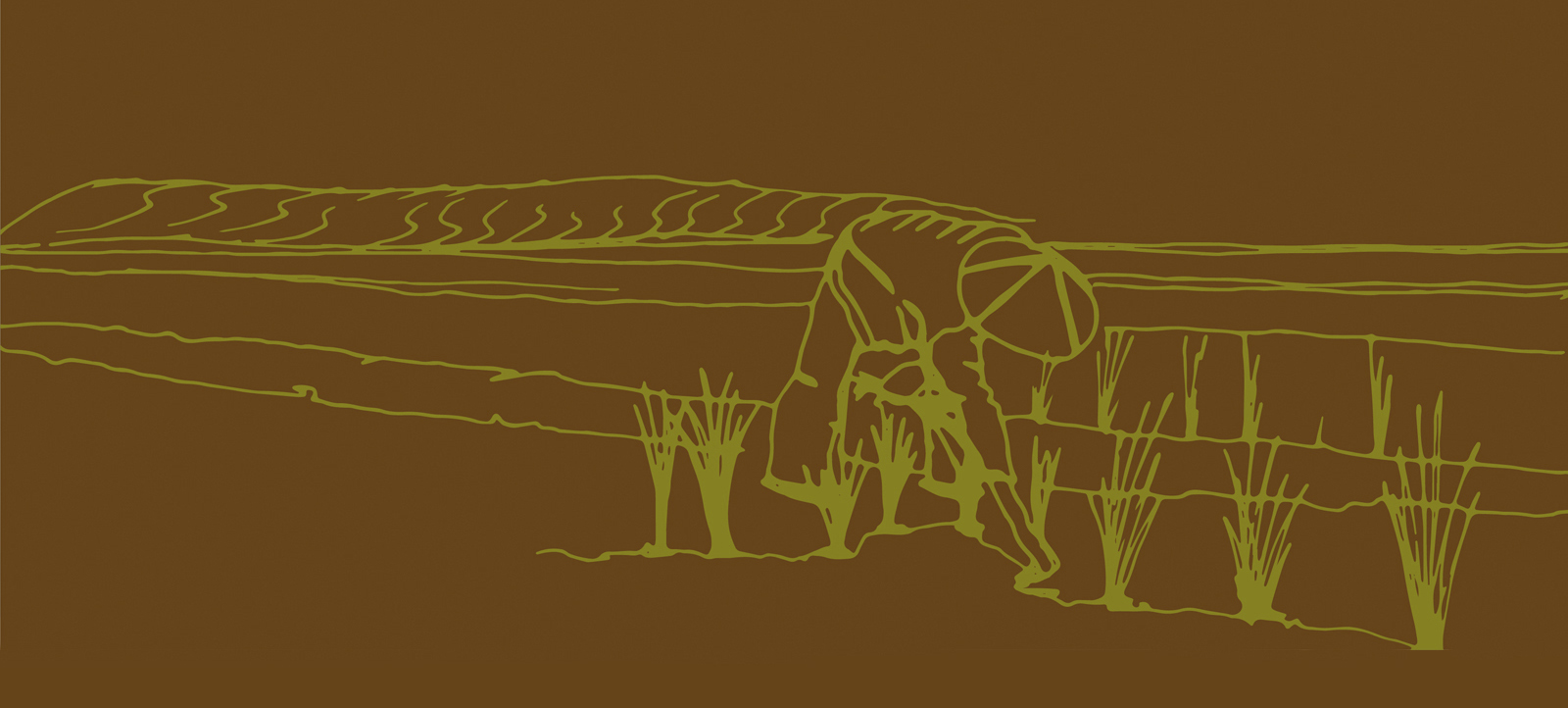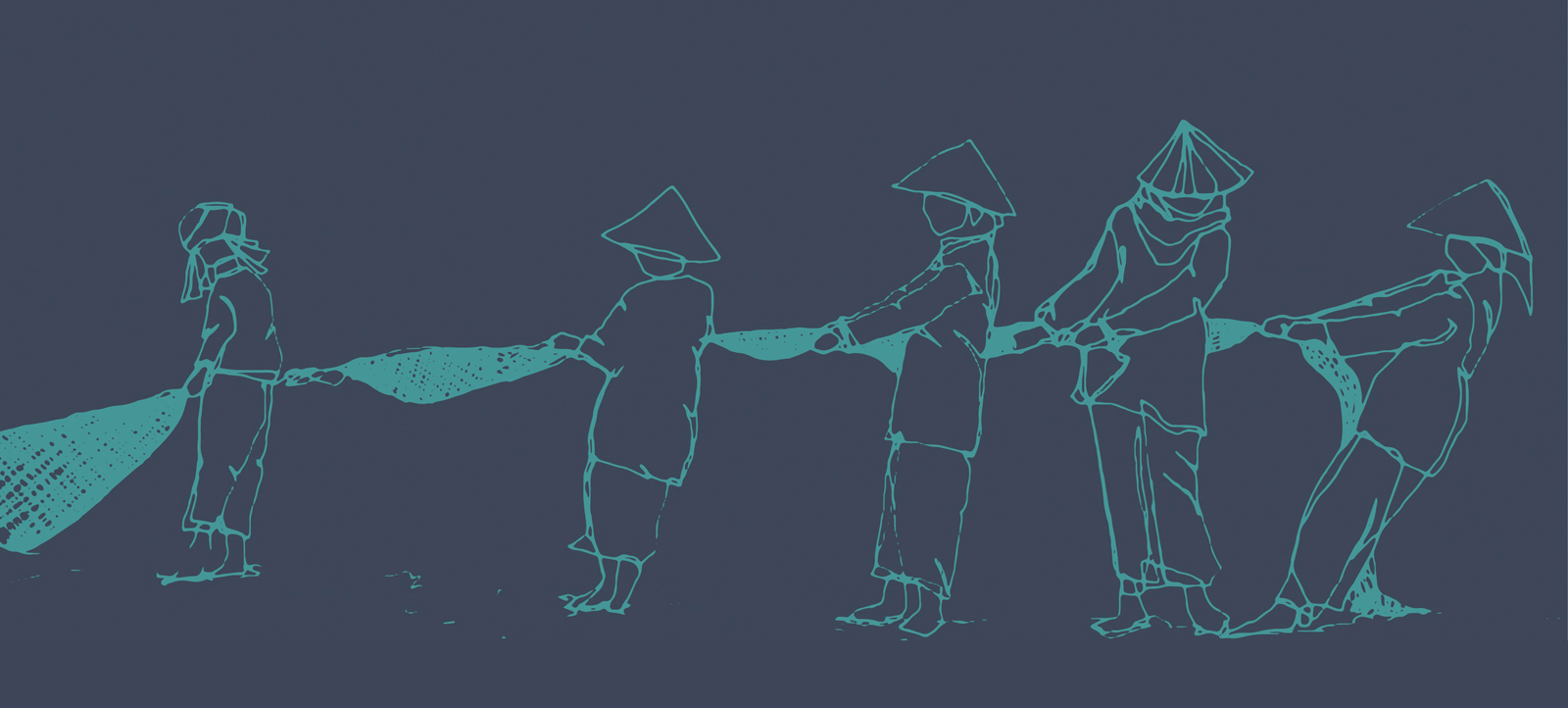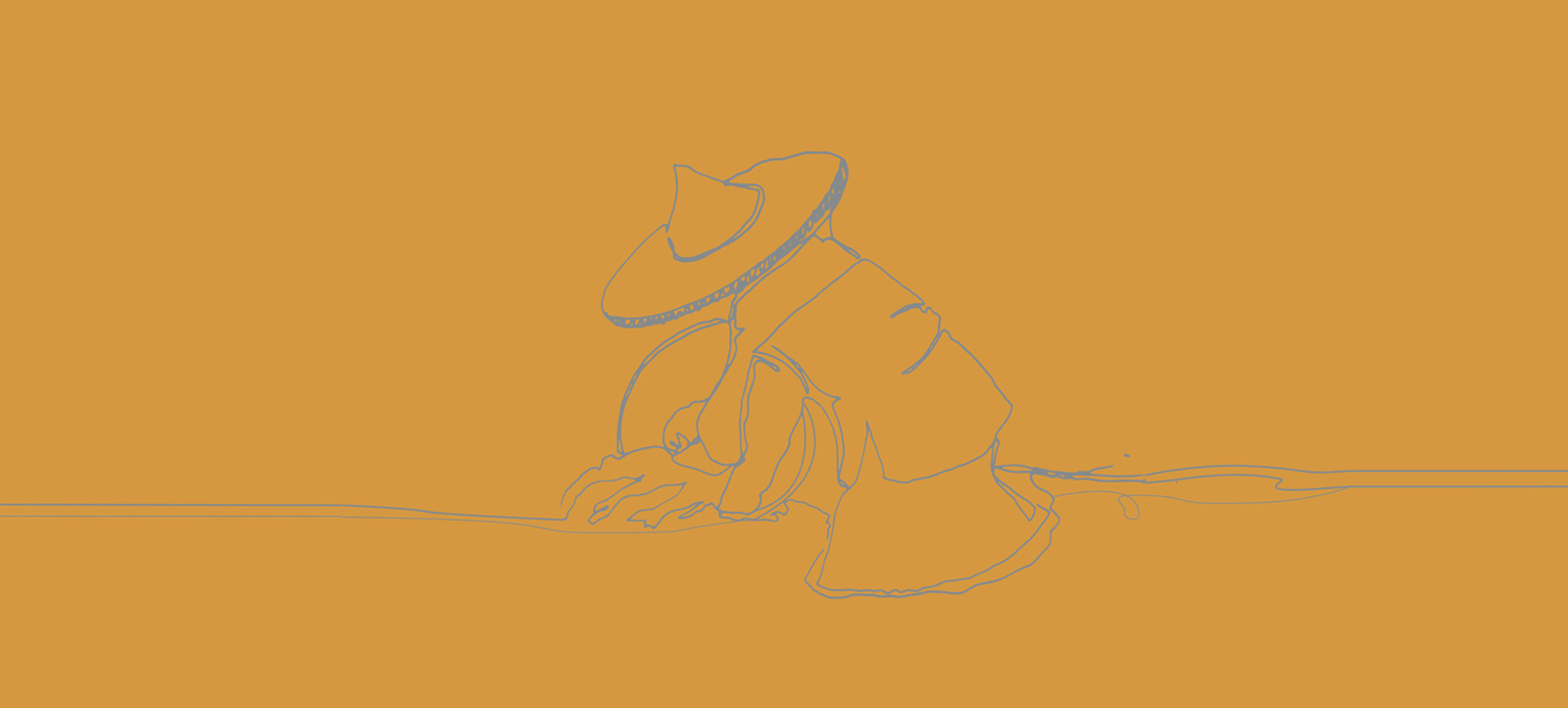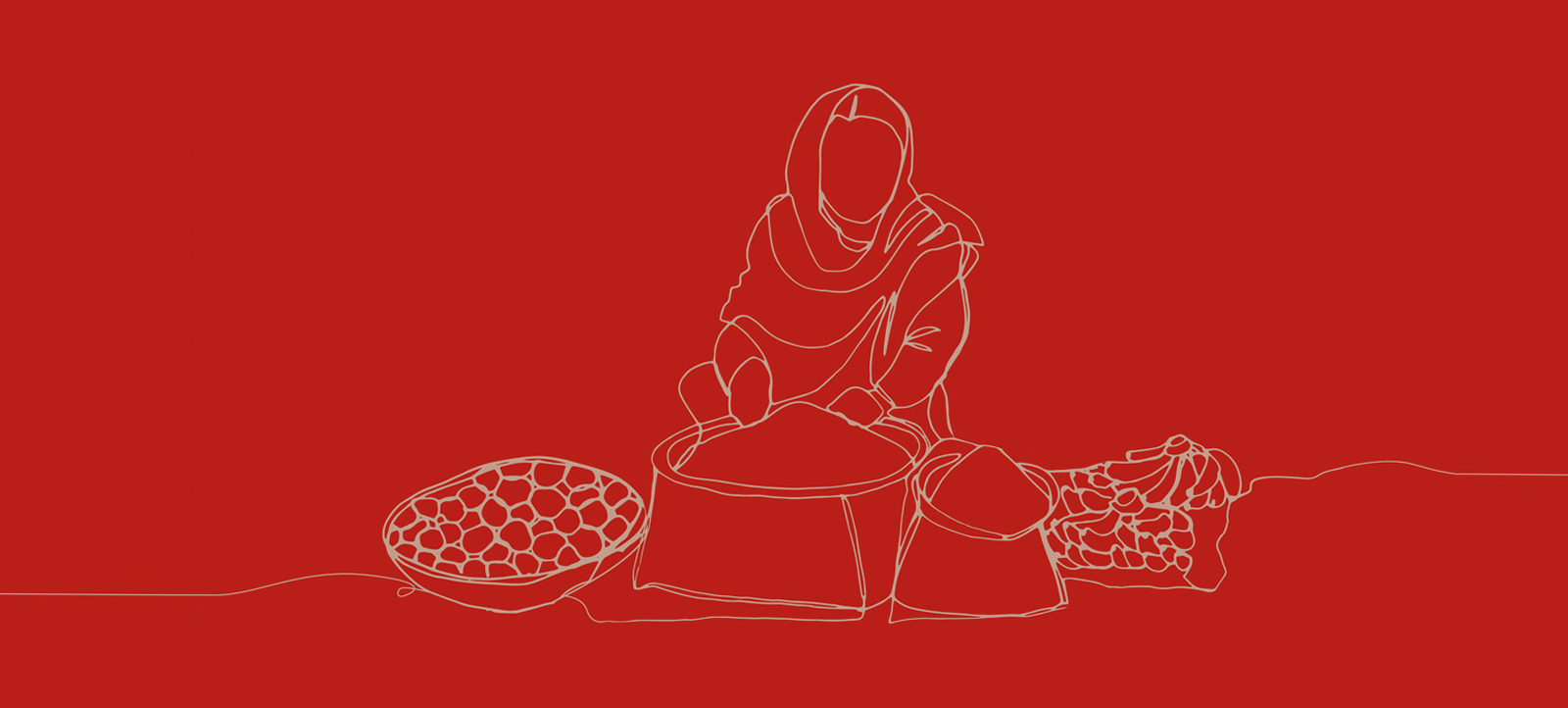Similar to the agricultural sector, the early stages of fisheries are also considered to be a subsistence economic activity. It is run by those who live on the coast and near the river. In 1894, the British government established the Colonial Fisheries Unit which controlled fishing activities in the Straits Settlements and the Federated States. 21 years later, the Department of Fisheries was formed to protect and enhance fisheries resources, as well as diversify the production from its revenues.
The main waters of the country are located in the Straits of Melaka and the South China Sea. The states known for this activity include Kelantan, Terengganu, and Sabah. The demand for these protein resources had increased in correlation with the population. The catches were traded, and among the surplus were dried fish, crackers, and ‘budu’ which also generated income for the locals. Various equipment was used by fishermen, such as seine nets, throw nets, and ‘kelong,’ along with fishing rods and landing nets. Besides, the Bajau people in Sabah are also known as skilled divers and sea harvesters.
The development of large-scale deep-sea fisheries had been underway since the early 1980s. It has accounted for more than 20% of the total number of marine fish landed, compared to coastal fisheries.
There is no denying that the vast majority of the population living on the coast, are dependent on the fishing industry. Hoessein Enas’ artwork, ‘Nafkah’, illustrates a group of fishermen pushing the boat to and from the waters, with all of their energy. Yong Mun Sen's 'Kelong', on the other hand, depicts brown mesh nets hanging on the wooden poles of the ‘kelong’, which do not seem strong. Both of these pieces portray the intensity and strength of the fishermen’s spirit, needed for them to make a living.
In the 60s until the 80s, the country's fishing industry improved and expanded with the introduction of technology through trawls and motorboats, as shown in the artwork 'Water, Ship, Life 2' by Chan Chiow Teng. The New Economic Policy, launched in 1970, stated that there was a need to expand the industry, as it had been identified as one of the key components of the food security policy, and it plays a significant role to overcome rural poverty.
Since 2010, the demand for fish has increased, and deep-sea fisheries have been a major contributor to high-volume production. It also presents good prospects for export markets, for fresh and frozen produce, along with other products from these resources.



